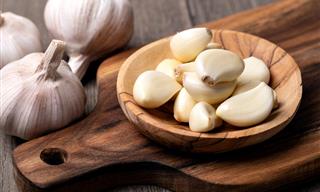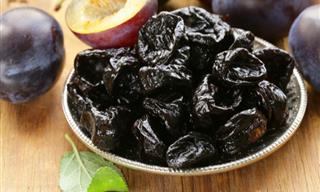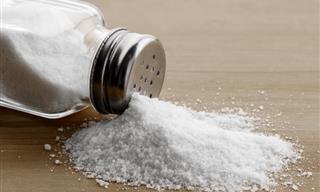Most people don’t think twice about the salt they use every day. Whether it’s sprinkled on meals or mixed into recipes, it’s a staple in kitchens worldwide. However, too much sodium in the diet has been linked to high blood pressure, increasing the risk of heart disease and stroke. The World Health Organization (WHO) is now recommending a simple switch: replacing regular table salt with potassium-enriched salt.
Related: Salt Substitutes - Are They Beneficial or Harmful?
For decades, health experts have advised cutting back on sodium but making that change has been challenging. Many processed foods are high in salt, and reducing sodium often means altering the taste of familiar dishes. Potassium-enriched salt offers a practical alternative, maintaining the same seasoning effect while providing added health benefits.
The problem with too much sodium

Sodium is essential for body functions, but excessive intake has long been linked to health risks. According to WHO estimates, nearly 1.9 million deaths worldwide each year are associated with high sodium consumption. The organization recommends limiting daily sodium intake to 2 grams—about a teaspoon of salt. However, many people consume more than double that amount.
High sodium intake contributes to hypertension, a condition affecting one in three adults in some countries. Over time, this increases the likelihood of serious health issues, including strokes, heart attacks, and kidney disease. Despite global efforts to reduce sodium consumption, most countries are still falling short of targets set to lower sodium intake by 2030.
What is potassium-enriched salt?
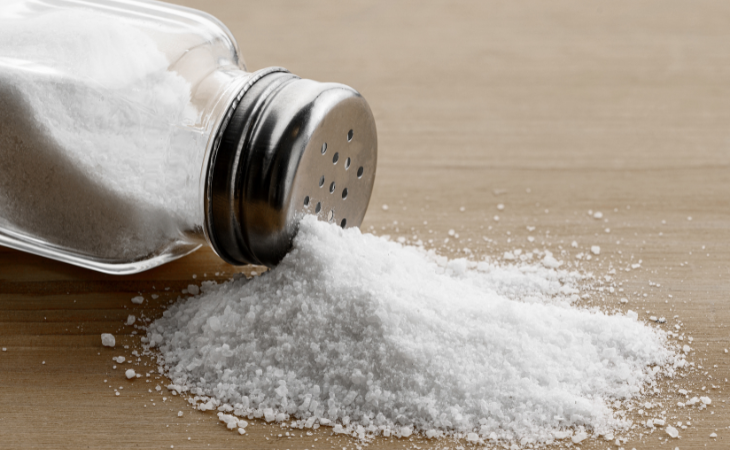
Potassium-enriched salt is an alternative where part of the sodium chloride is replaced with potassium chloride. Potassium is a key mineral that supports nerve function, muscle contractions, and heart health. Fresh fruits and vegetables are naturally rich in potassium, but many people do not consume enough of these foods.
Replacing regular salt with potassium-enriched versions provides two benefits: reducing sodium intake while increasing potassium consumption. Studies suggest that this combination can help lower blood pressure, and reduce the risk of cardiovascular disease and premature death. Research also indicates that large-scale adoption of potassium-enriched salt could prevent hundreds of thousands of deaths each year, particularly in regions with high sodium intake.
Why the shift matters
One of the main reasons this switch is promising is its practicality. Unlike strict sodium reduction, which can require major changes in food preparation, potassium-enriched salt can be used just like regular salt. It looks, tastes, and functions similarly, making it an easier adjustment for individuals and food manufacturers.
A major study tracking long-term use of potassium-enriched salt found that over 90% of participants continued using it after five years. The gradual shift meant people were able to maintain the flavor they were used to while improving their health.
Challenges in making the switch
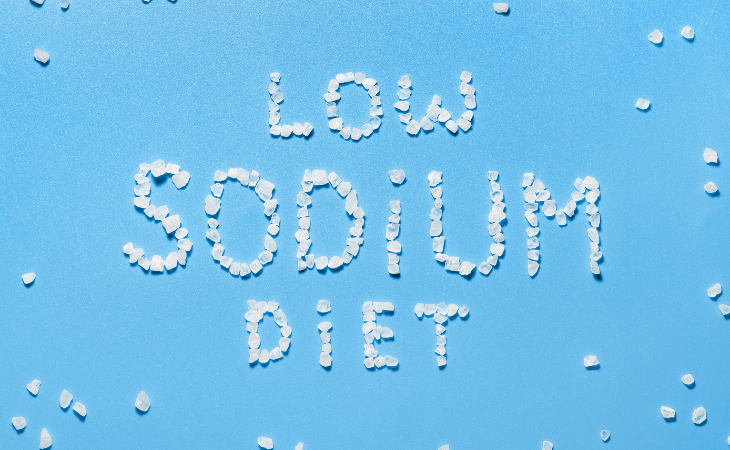
While potassium-enriched salt has potential benefits, there are obstacles to widespread adoption. One concern is cost—potassium chloride is more expensive to produce than sodium chloride, making the product pricier in many regions. Currently, these salts are marketed as specialty health products, and in some countries, they can cost up to 15 times more than regular salt.
Another issue is availability. A review found that low-sodium salts are primarily sold in wealthier countries, leaving many populations without access. Expanding production and placing potassium-enriched salt alongside regular salt in grocery stores would make it easier for consumers to make the switch.
Related: Looking To Cut Back On Sodium? Try These 5 Handy Tips
Also, for individuals with advanced kidney disease, increased potassium intake can be harmful. Those with advanced kidney conditions may struggle to regulate potassium levels, so products need clear labeling to ensure they are used appropriately.
The role of the food industry

While individual choices matter, processed foods account for a large portion of sodium intake. In countries like Australia, about 80% of the salt people consume comes from packaged foods rather than home cooking. The WHO’s guidelines focus on individual use, but for real impact, food manufacturers must also adapt.
Encouraging companies to replace regular salt with potassium-enriched alternatives in processed foods could have a broader impact. Governments and health organizations may need to work with the food industry to promote this shift, making lower-sodium options more accessible on a larger scale.
Looking ahead
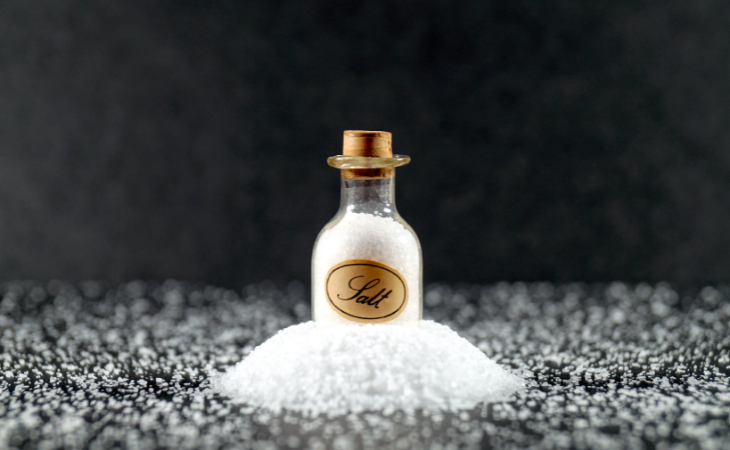
Switching to potassium-enriched salt is a small change with the potential for widespread health benefits. While there are challenges in affordability and availability, continued efforts to make this option more mainstream could lead to fewer cases of high blood pressure, heart disease, and stroke.
Related: Pink Himalayan Salt is Going to Truly Change Your Diet
For those looking to reduce sodium intake without compromising taste, potassium-enriched salt offers a promising alternative. With greater awareness and access, this simple switch could make a meaningful difference in global health.
 Go to BabaMail
Go to BabaMail













